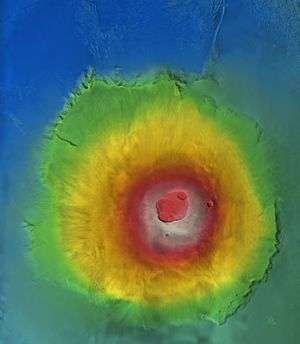ESA presents Mars in 3D

Mars is about to come into 3D focus as never before, thanks to the data from the Mars Express High Resolution Stereo Camera (HRSC). A new high-resolution Digital Terrain Model data set that has just been released onto the Internet, will allow researchers to obtain new information about the Red Planet in 3D.
Digital Terrain Models (DTMs) allow scientists to ‘stand’ on planetary surfaces. Although ordinary images can give spectacular bird’s-eye views, they can only convey part of the picture. They miss out on the topography, or the vertical elevation of the surroundings. That’s where Mars Express comes in.
The HRSC was especially designed to provide this information and, after years of specialised data processing, the first comprehensive release of 3D data of a large part of the martian surface is now ready. “Understanding the topography of Mars is essential to understanding its geology,” says Prof. Gerhard Neukum, Freie Universität (FU) Berlin, Germany, Principal Investigator for the HRSC.
The DTM can instantly tell researchers the slope of hillsides or the height of cliffs, the altitude and slope of lava flows or desert plains. “This data is essential for understanding how water or lava flowed across Mars,” says Neukum.
It also helps planetary scientists to better interpret other data sets, for example the results of the Mars Advanced Radar for Subsurface and Ionosphere Sounding (MARSIS). “Once we know where the surface is, we can correctly interpret the radar echoes we get from below it,” says former ESA scientist Angelo Rossi, a member of the HRSC team.
The Mars Express DTM is the most detailed topographic data set ever released for Mars. Its release has been made possible by processing individual image swaths taken by the HRSC as Mars Express sweeps through its orbit. The individual swaths are then put together into mosaics that cover large regions. The high-resolution images used have a resolution of 10 m/pixel. The DTM elevation data derived from these images is provided in pixels of up to 50 m, with a height accuracy of 10 m.
The orbit of Mars Express determines the resolution of its pictures. When it is closest to the surface, it can take the most detailed pictures. “As the mission continues, we are gradually filling in the gaps and collecting high-resolution data whenever possible,” says Neukum.
The team plans to add more data to the DTMs to extend the surface coverage as Mars Express continues its mission until at least 2009 and HRSC continues its unique scrutiny of the planet.
Source: European Space Agency





















